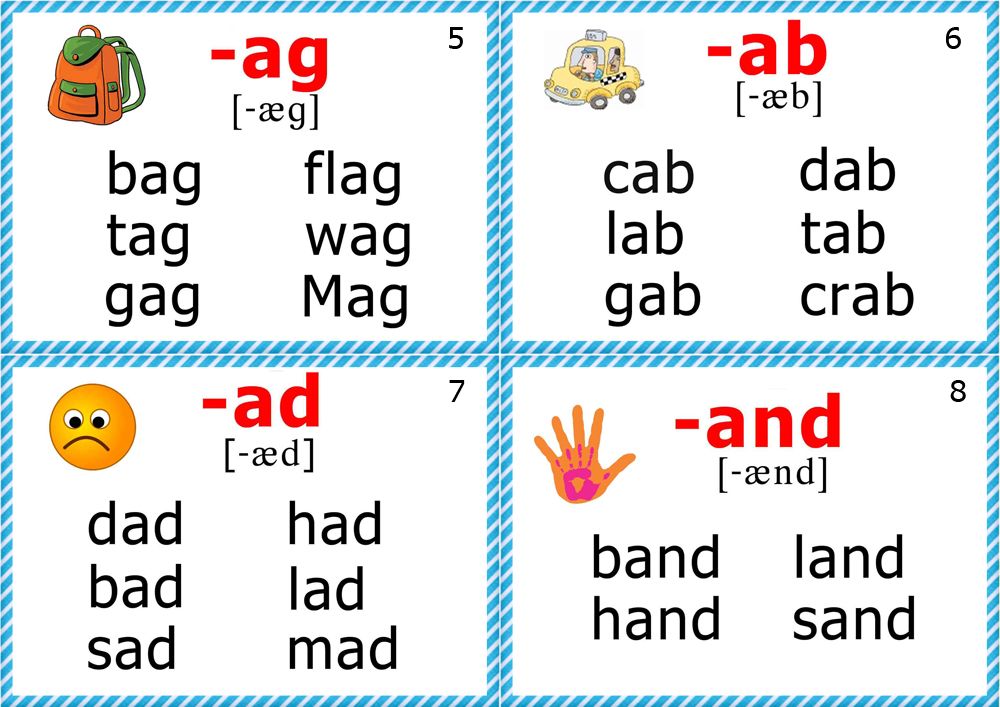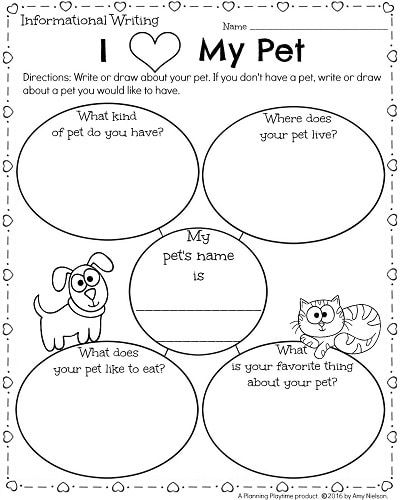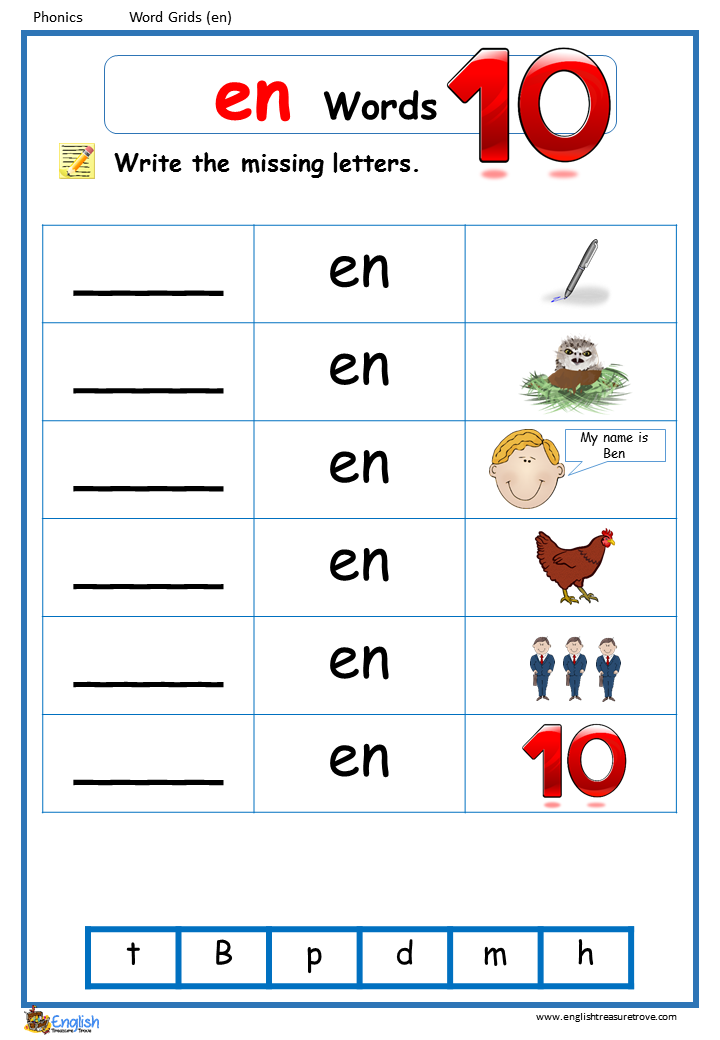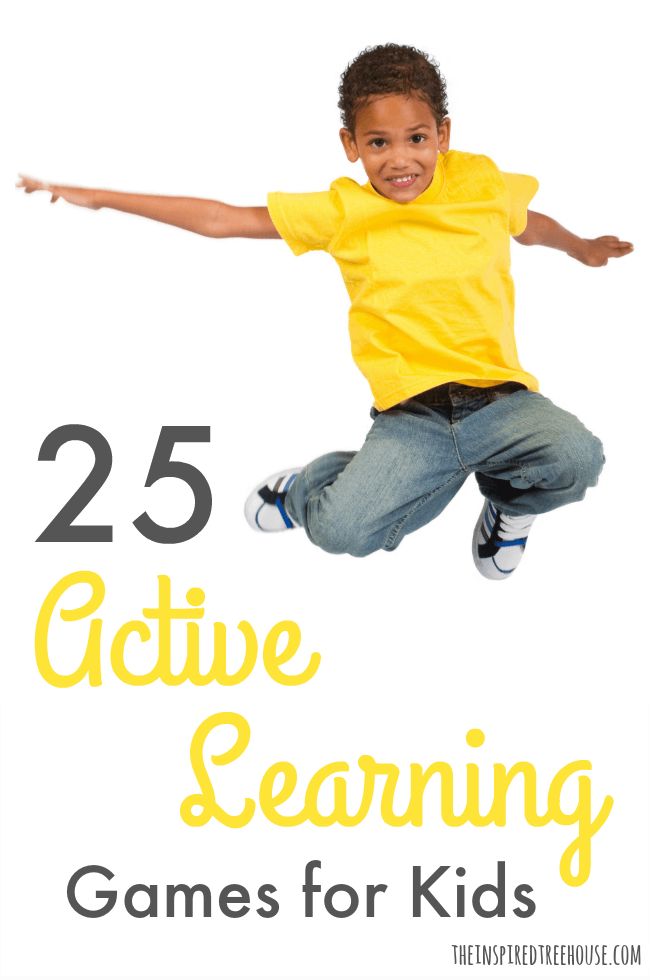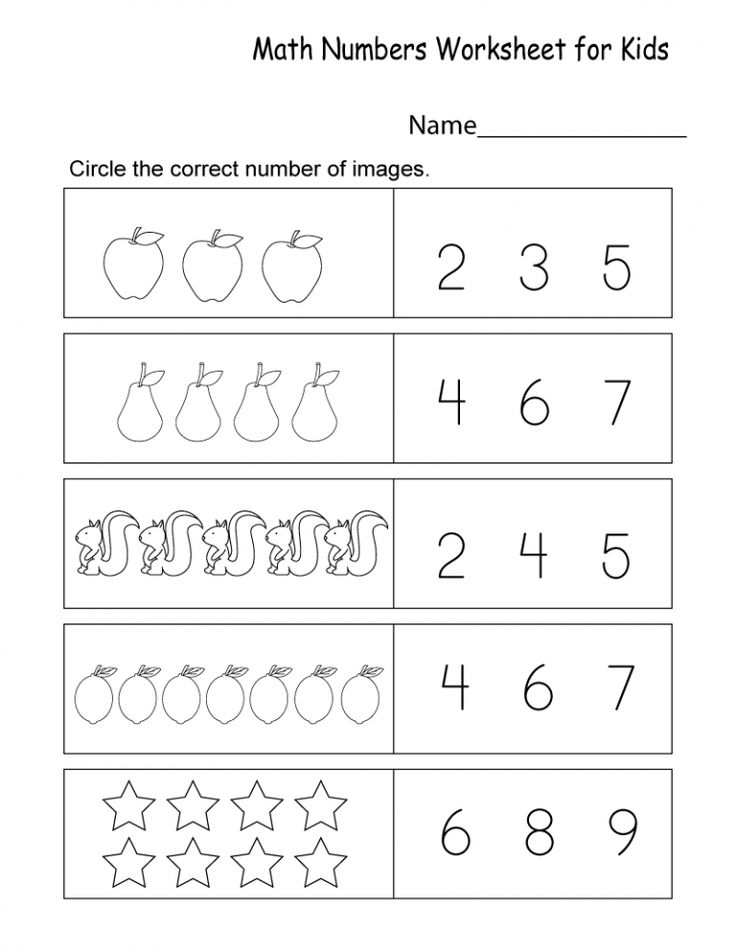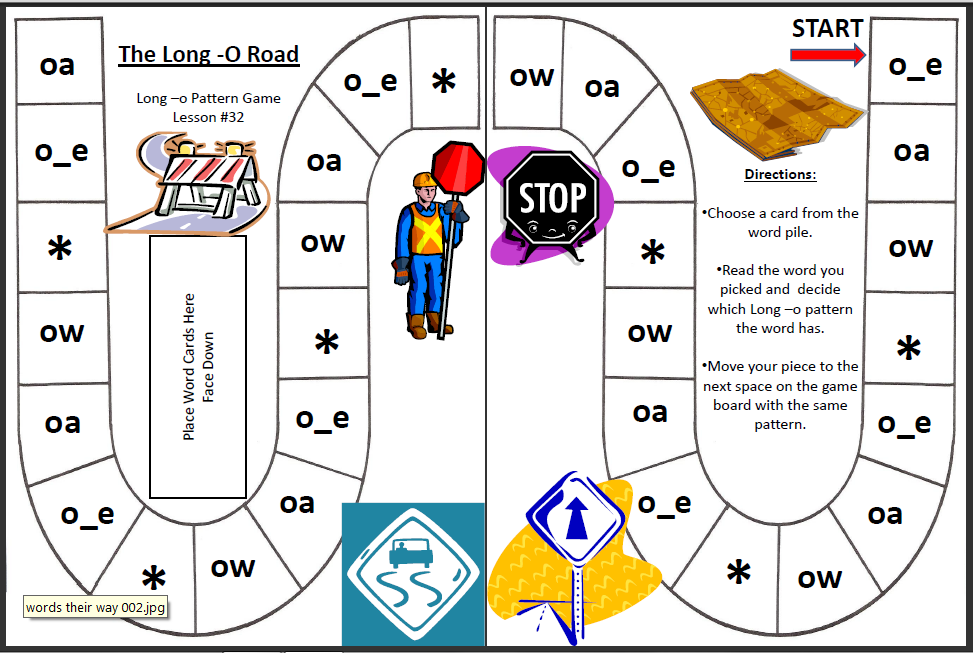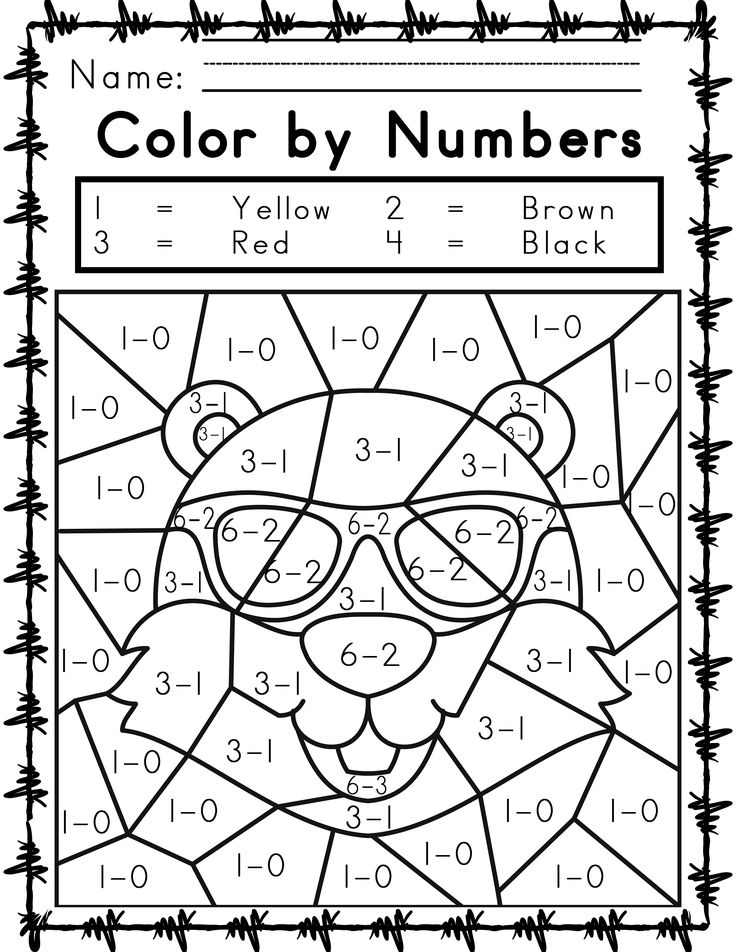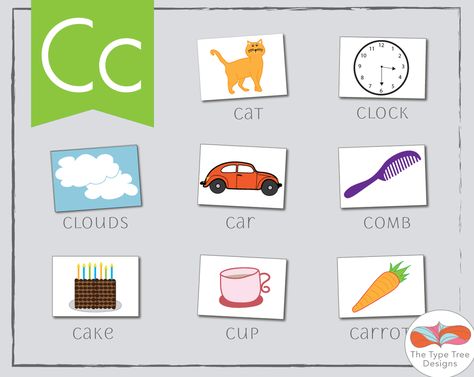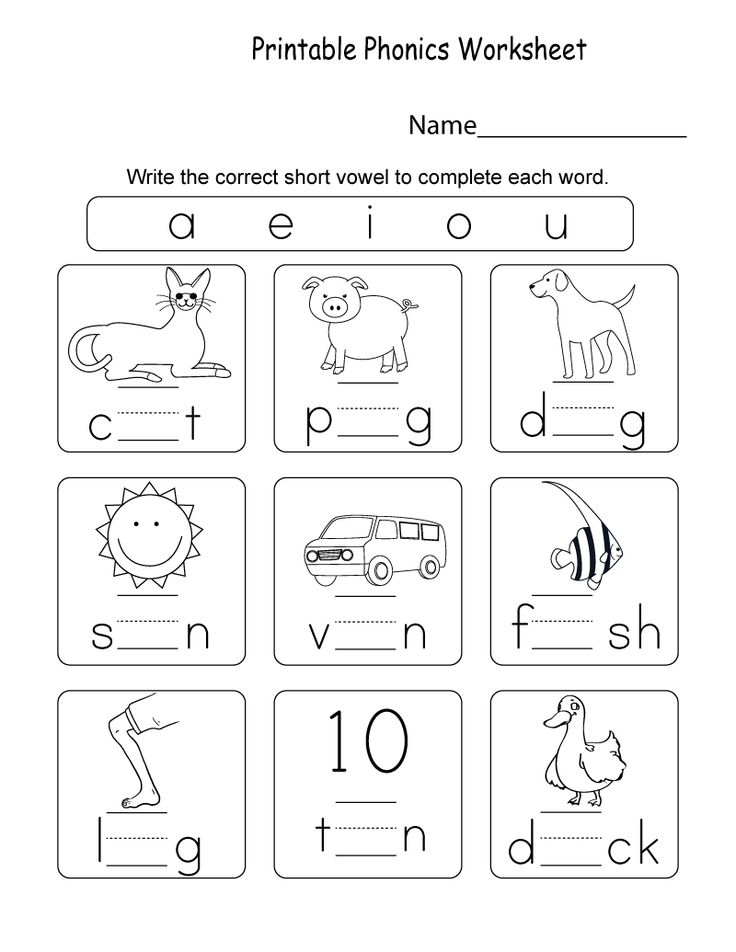Steps to reading
The 7 Main Steps To Teach Reading, From Beginning To Reading Comprehension
There are seven main steps to teaching reading to a child from the beginning to reading comprehension. They are as follows:
Step 1: Teach the sounds of individual letters:Students need to learn the individual sounds in words and that words are made up of small parts of sound and phonemes. Recognizing individual sounds and understanding the relationship between letters and spoken sounds (phonics) create phonemic awareness.
Be sure to emphasize ending sounds as well as the more obvious beginning sounds. Listening for ending sounds is sometimes overlooked, yet it is very important.
Step 2: Teach sound blends:Sound blends such as st, fl, dr, sh, etc should be emphasized as well as digraphs such as ch, ck, ph. These letters together form distinct sounds or phonemes.
Step 3: Teach whole words:Whole-word recognition or word identification is made up of being able to use sound-symbol relationships. This is an important skill that deserves the time students spend to master. Word families- bat, cat, pat, sat, etc. are important in this stage. Vowels should require special attention in this stage, especially when distancing between short /i/ and short /e/ (As in /pit/ and /pet/) throughout the whole-word reading process.
We learn some sight words incidentally or in the course of everyday life. Certain words are just recognized by their appearance and EFL students can recognize and appear to “read” signs and advertisements, such as Brand Names such as NIKE, Pepsi, etc.
Here are some materials you can use to promote the developing EFL students’ identification of sight words:
- Word games such as matching and word search games.
- Flashcards or reader books with plenty of sight words.
- Picture dictionaries.
- Rhymes and entertaining poetry.
Be sure that students know the meaning of each word they read.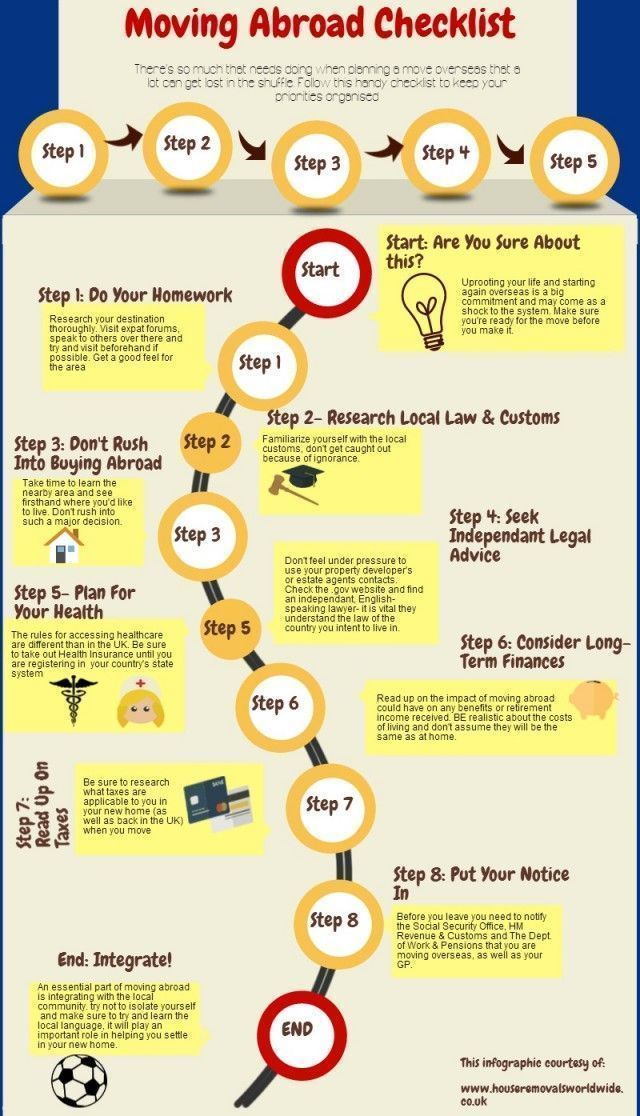 You can use a lot of techniques to present the meanings such as drawings, pictures, miming, etc. Don’t forget to check the understanding of the meanings frequently. Be sure that students can discriminate the variations in meaning as well as go over words that sound the same but have different spellings and meanings.
You can use a lot of techniques to present the meanings such as drawings, pictures, miming, etc. Don’t forget to check the understanding of the meanings frequently. Be sure that students can discriminate the variations in meaning as well as go over words that sound the same but have different spellings and meanings.
It is important to teach word parts: prefixes, root words, suffixes, and derivations of words. When students know these parts, they will be able to understand more words. For example, when an elementary school student knows the meaning of “bed” and the meaning “room”, they will understand easily the meaning of “bedroom”.
Step 6: Put words in contexts:Encouraging students to put each word in context is a powerful strategy. The student who can use words in sentences can demonstrate a mastery of reading and language usage as well.
Step 7: Teach reading comprehension:Teaching reading comprehension is essential to achieve the enjoyment of reading or reading for pleasure and for understanding the informational text.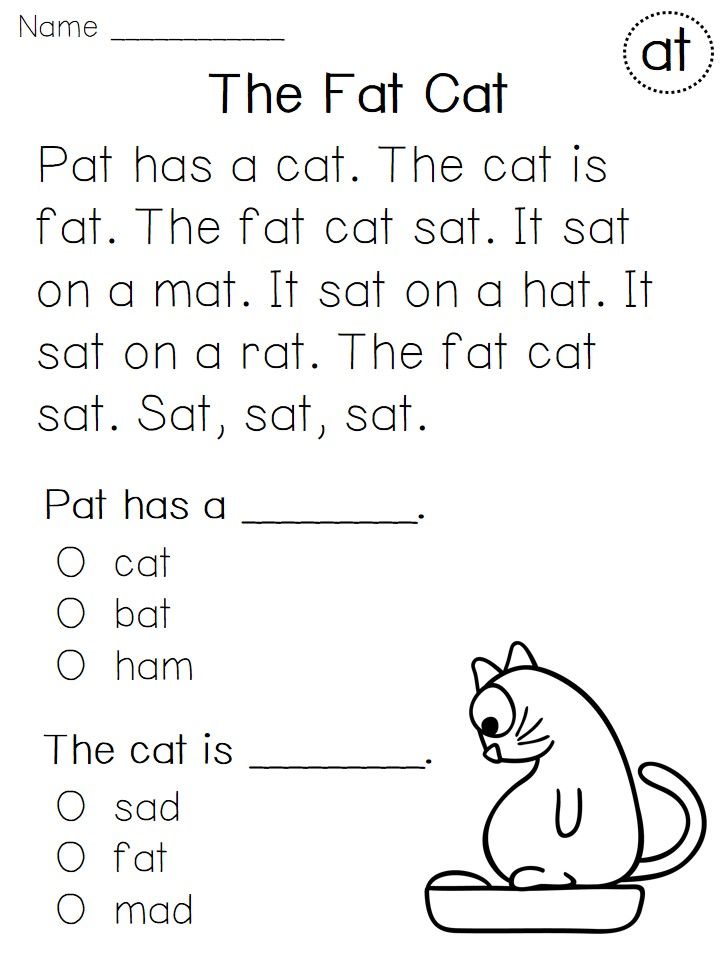 Several important techniques to check reading comprehension can be used. You can ask students to:
Several important techniques to check reading comprehension can be used. You can ask students to:
- retell, summarize, or paraphrase what you’ve read.
- make inferences or draw conclusions.
- sequence events.
- compare and contrast, etc.
Liked This Article?
Share It With Your Networks.
You can also join my email list not only to be notified of the latest updates on elttguide.com but also to get TWO of my products: Quick-Start Guide To Teaching Listening In The Classroom & Quick-Start Guide To Teaching Grammar In The Classroom For FREE!
Want to Continue Your ELT Professional Development?Searching For The Best TEFL Courses?
We Recommend International TEFL Academy (ITA)
It is one of the world’s largest TEFL certification schools for you to become professionally trained as an English teacher.
International TEFL Academy (ITA) trains more than 6,000 English teachers annually and offers internationally accredited TEFL-TESOL certification courses online and in 25 locations around the world.
All students and graduates receive a lifetime job and search guidance, and graduates are currently employed as teachers of English online and in more than 80 nations in Asia, Europe, Latin America, and the Middle East.
For more information about TEFL certification and teaching English abroad, please visit their site: International TEFL Academy (ITA) to receive a FREE guide now.
7 Sound Steps to Reading 7 Sound Steps to Reading
Everyone needs to be able to read with proficiency. With our 7 Sound Steps to Reading program, it's possible. Proficiency means reading with comfort, comprehension, and appropriate speed. Reading proficiency is the cornerstone of academic success. A student who is not a proficient reader will struggle in school and consistently fall behind.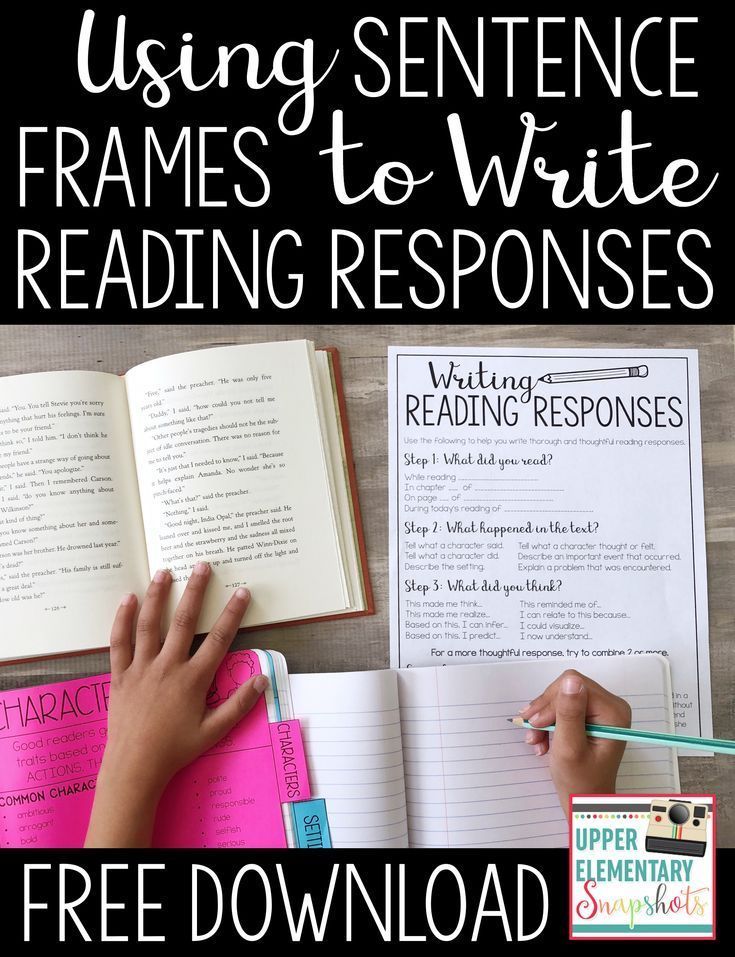 They will get further behind each year.
They will get further behind each year.
Educators and administrators know that achieving reading proficiency by the fourth grade is critical. Nevertheless, about two-thirds of our fourth graders are not proficient readers. This statistic has not significantly improved since 1990. That is when testing by the National Assessment for Educational Progress (NAEP) began. Research by reading scientists suggest that we can alter this reality, but we need to change the way we teach reading.
5 Foundational Skills in 7 Sound Steps
Reading scientists agree that there are 5 foundational skills for reading well. They also agree that these skills are sequential in nature. Anyone, of any ages, at any reading level, can improve as long as the teaching method provides instruction for the development of all five foundational skills. 7 Sound Steps to Reading focuses on these 5 building blocks of proficiency: phonemic awareness, phonics, vocabulary, fluency, and comprehension.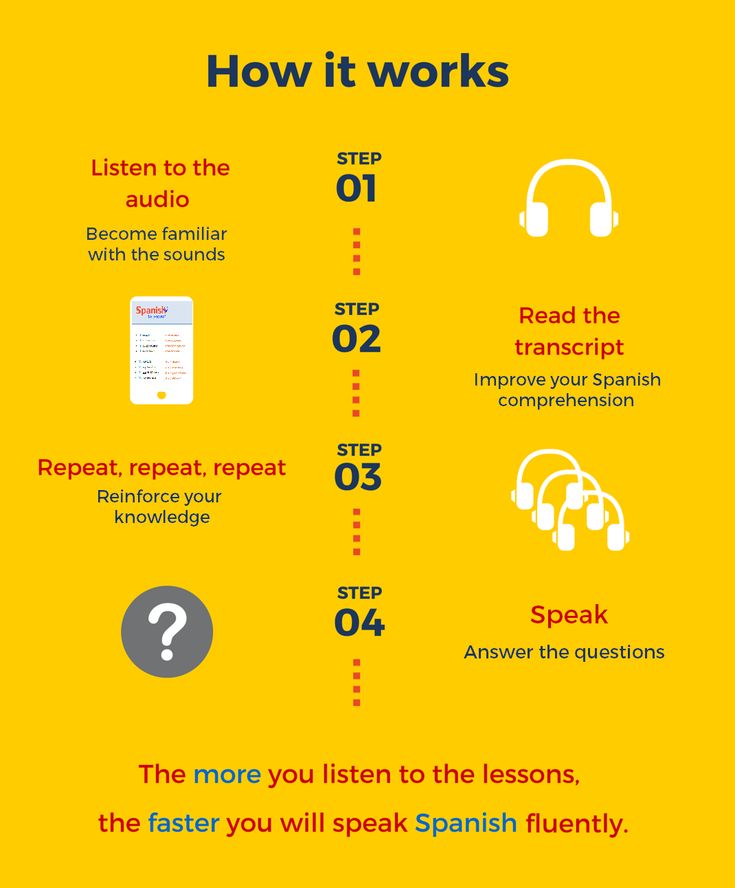
7 Sound Steps to Reading consists of 7 sequential steps, each focusing on one or more of the 5 foundational skills. The steps are systematic, structured, and stepwise. Each one builds on the one before. The steps are also self-paced and flexible for individualized learning. Each student can work at his or her own speed and can start or stop anywhere he or she is comfortable. The learner may also go forward and back through the steps at will as often as necessary, building greater skill and stronger foundations for the symbol/sound connection known as phonemic awareness.
Phonemic Awareness and Phonics
Phonemic awareness is the understanding that words are made up of individual sounds, and those sounds are represented in writing by letters. Thus, the first step to develop phonemic awareness is to learn the alphabet. The alphabet is Step 1 in our program. The alphabet is Step 1 in our program. We include uppercase and lowercase letters and writing instructions.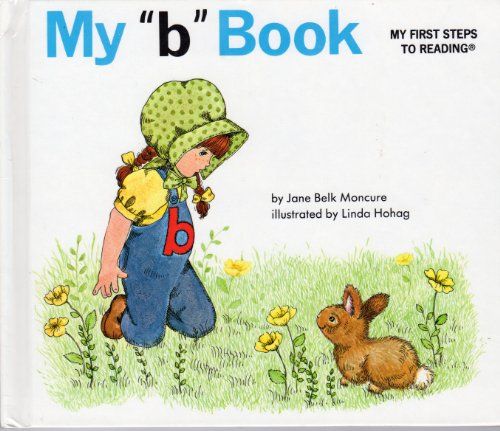
Once a student knows the alphabet, the best way to cultivate phonemic awareness is through a program of systematic, structured phonics. The word “phonics” comes from the Greek word for “sound.” Phonics is a system of rules connecting letters to predictable speech sounds. Phonics is the second of the 5 foundational skills. It is introduced in Step 2 and expanded through Step 5. In this step, the student learns all 44 sounds that make up English words.
44 Sounds in 7 Steps
It takes some effort to learn through the 44 sounds in this step, but there is mounting evidence that it is the best method for learning to read. English is an alphabetic language, and English words are phonetic about 85% of the time. Thus, most words can be sounded out even if the student has never seen them before. A student learns to “sight read” unfamiliar words because they understand that the letters are a “code” for sounds. Once a student understands the phonetic code, he or she can “decode” most new words.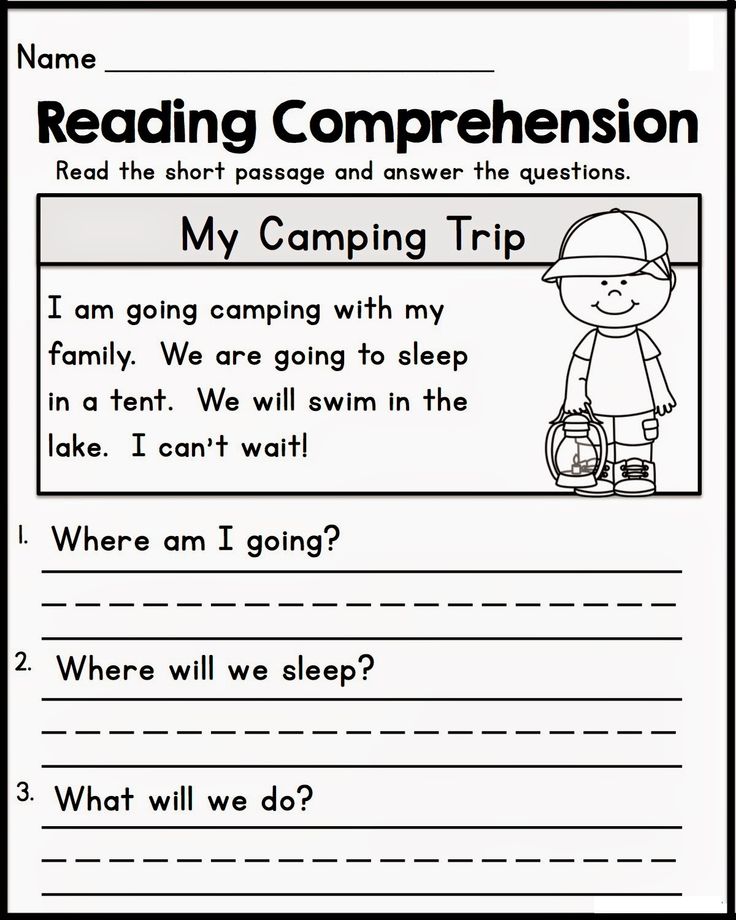 With practice, the decoding practice becomes automatic…like breathing…or riding a bicycle.
With practice, the decoding practice becomes automatic…like breathing…or riding a bicycle.
Plus, because our program starts with the alphabet in Step 1 and sounds in Step 2, any student, even a preschooler, who completes the first two steps will have the basic skill for learning to read. In fact, the first two steps are meant to comprise the Primer lever of 7 Sound Steps to Reading, and they are for new readers of any age, reading level, or language background, creating a “sound” foundation for Step 3.
Primer Level—Steps 1 and 2—for PreK and K, and New Readers of Any Age
Step 1—Learn the Symbols
These first two steps form the Primer Level of 7 Sound Steps to Reading. This step focuses on the alphabet as the first step in developing phonemic awareness. New readers and those with special needs should begin at Step 1. Others should at least review this step. Here you will learn the names and shapes of the 26 letters and 52 symbols of our alphabet. There are options for reviewing the symbols, and we have provided instruction in how to write the letters.
There are options for reviewing the symbols, and we have provided instruction in how to write the letters.
Beginning readers and students with special needs should carefully trace each letter shape while saying the name of the letter. Downloadable practice pages are provided for this reason. This reinforces learning and engages different learning styles. In Step 2, students learn to distinguish between the name and the sound of each symbol.
Step 2—Learn the Sounds
The focus of Step 2 is phonemic awareness and introducing phonics. This section teaches the 44 sounds and their phonics rules, broken into small groups with a logical progression of symbols and sound types. Students should trace letters saying the sound of the letter rather than its name.
Step 2 also introduces the concept of elision, so students can begin to practice sliding one sound into the next. Practice of simple phonetic words and “non-words” is included, using only the sounds and the concepts presented so far. Sight words, reading practice, and a page of rules and definitions reinforce the principles in this step.
Sight words, reading practice, and a page of rules and definitions reinforce the principles in this step.
This is the critical step in developing phonemic awareness, and it is a great deal of information. Students should go as slowly as necessary through this step, going forward and back as often as needed. Everyone is different. A student will have a developing phonemic awareness by the completion of Step 2, as well as a growing sight word vocabulary and even a little grammar.
Early Elementary Level—Steps 1-4—for Grades 1 and 2 or Equivalent
Step 3: Learn the Syllable
Step 3 introduces the syllable. It begins the serious focus It begins the serious focus of applying phonics training to words. The syllable is the fundamental unit of English communication and a great tool for phonics instruction. Understanding the syllable is a crucial part of being able to decode and understand larger, more complicated words.
Using only one-syllable words, Step 3 introduces the syllable as: a word or word part that has one vowel sound which creates one “beat of speech. One-syllable practice words are grouped by specific vowel sounds to reinforce the symbol/sound connection. A secondary focus is building skill at elision (sliding one sound into the next), an important part of expression.
One-syllable practice words are grouped by specific vowel sounds to reinforce the symbol/sound connection. A secondary focus is building skill at elision (sliding one sound into the next), an important part of expression.
By the end of Step 3, students are reading practice sentences made up of one-syllable words, allowing them to experience actual reading success in decoding and comprehension.
Step 4—Learn the Subdivision and Stress
Step 4 introduces the subdivision of words along with word stress. Its goals are to extend phonics application to multi-syllable words, build vocabulary, and introduce expression. To progress from words of one syllable to larger words, a student must learn to accurately subdivide. Proper subdivision reduces a multi-syllable word to a series of one-syllable word parts, giving students a better chance to decode.
Correct pronunciation is also needed if the student is going to learn to read with fluency and comprehension. Word stress is a feature of English that is critical to correct pronunciation, and it can affect meaning and function if altered. Subdivision and stress are valuable tools for unlocking unfamiliar words. Each time a student successfully decodes an unfamiliar word, it becomes a new part of his or her vocabulary.
Subdivision and stress are valuable tools for unlocking unfamiliar words. Each time a student successfully decodes an unfamiliar word, it becomes a new part of his or her vocabulary.
Beginning with Step 4, students will begin to read larger passages of text in a section called “Reading for Meaning,” This is the first step in building comprehension through vocabulary and context clues.
By completion of Step 4, students have successfully navigated decoding words of two, three, and four syllables. They have studied word endings (-s, -y,-ed and -ing) and know how to create them when needed. Also, they have also learned the most spoken vowel sound in English, the schwa, ǝ. They are well prepared to move on to Step 5 for more phonics, more vocabulary, and more fluency.
Elementary Level—Steps 1-5—for Grades 3 and 4 or Equivalent
Step 5— Learn the System of Latin
Steps 1 through 5 comprise the Elementary Level steps and are intended for student up to grade 4 or equivalent reading skill.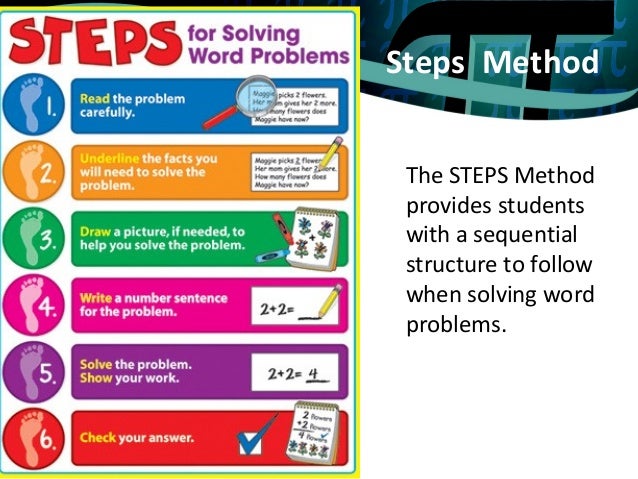 Every student who successfully completes the first 5 steps should be able to read at grade level with proficiency.
Every student who successfully completes the first 5 steps should be able to read at grade level with proficiency.
Step 5 focuses on the system of roots, prefixes, and suffixes that English borrowed from Latin. This system gives English virtually unlimited variations in word choice with a high degree of word comprehension. This step moves logically through roots, prefixes, and suffixes. After which, it explores changes in word tense, function, meaning, and spellings.
Words borrowed from other languages are common in English, and Latin is not the only source. For greater vocabulary, comprehension, and fluency, students will learn words from additional languages before leaving Step 5.
Intermediate Level—Steps 1-6—for Grades 5 and 6 or Equivalent
Step 6— Learn the Syntax, Sentence, & Sight Words
Steps 1 through 6 make up the Intermediate Level steps. They are for students through grade 6 or equivalent reading skill. Step 6 explores the sentence and syntax as the next steps toward fluency and comprehension.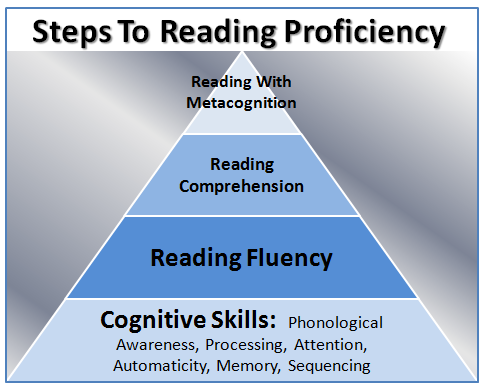 The purpose of this step is to bridge newly acquired reading ability to other language arts skills—especially thinking and writing. It is also to reinforce a student’s foundational skill of vocabulary and supplementary skill of using context clues for greater comprehension, fluency, and expression.
The purpose of this step is to bridge newly acquired reading ability to other language arts skills—especially thinking and writing. It is also to reinforce a student’s foundational skill of vocabulary and supplementary skill of using context clues for greater comprehension, fluency, and expression.
At this point, students are moving comfortably through words to take in larger, more “comprehensive” units of communication. Our communication hierarchy looks like this:
letters/phonemes > words > phrases & clauses > sentences > paragraphs.
While students have been reading the sentence since Step 2, they will now learn its significance. The sentence is the first level of communication that conveys a coherent message. For fluency and comprehension, students should understand the definition of the sentence and its construction. For this reason, small segments of grammar have been included in previous steps. Along with the definition of the sentence and the explanation of its two basic parts, students learn the four types of sentences, their structures, and their forms of punctuation.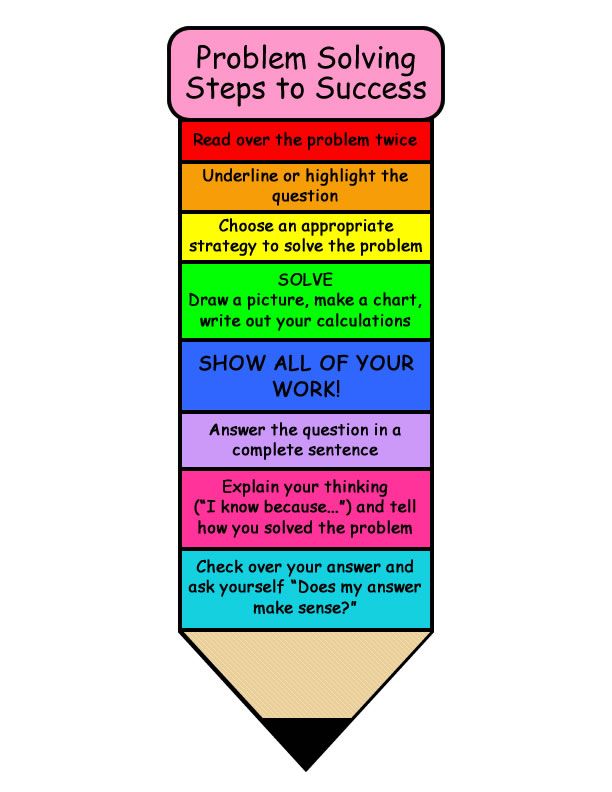
The ability to read is not an end in itself; it leads to literacy, which is commonly defined as “the ability to read and write.” However, we all know it is much more than that. “To read and write” doesn’t just mean to be able to form letters. True literacy means to take meaning from written words as well as to be able to put our own thoughts into effective communication.
Advanced Level—Steps 1-7—for Grade7 and Beyond
Step 7—Learn the Style Features of English
Steps 1 through 7 are the Advanced Level for students of 7th grade and beyond. This step focuses on the ultimate goal of reading, which is comprehension, even when reading for pleasure. It’s difficult to enjoy a book that you don’t understand. It’s even more difficult to learn from a book that you don’t understand. For this reason, comprehension is critical.
Why are figures of speech in a program of reading instruction? These are, after all, just devices, the “bells and whistles,” that add variety, color, and personality to an author’s writing.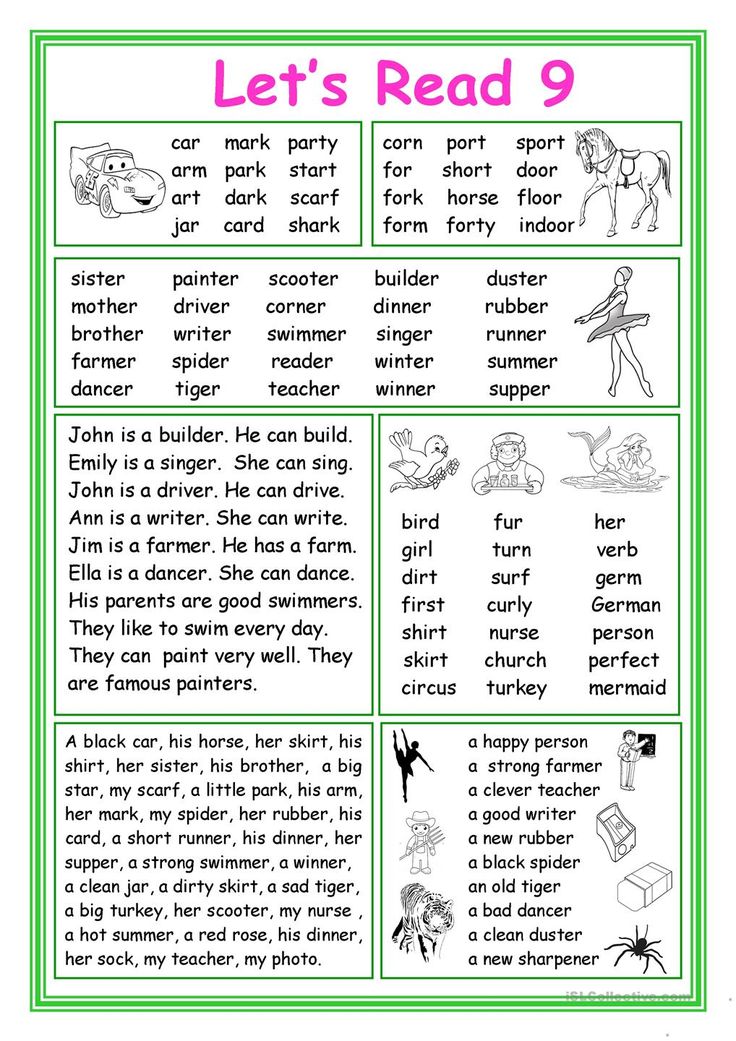 Yes, that is just why they are in this program.
Yes, that is just why they are in this program.
In general, figures of speech are nonliteral devices. They say what they don’t mean and don’t say what they do mean. It can make the writing interesting but confusing as well. Maximizing students’ comprehension and fluency requires they understand at least some of these figures of speech.
Step 7 includes a number of “basic” figures of speech that students of this age will definitely encounter in their reading. Being familiar with these devices is critical to full comprehension. The greater the mastery of these types of devices, the more a student will read with speed and accuracy, with greater understanding and retaining more.
Achieving Proficiency
And that is the goal: students adept at the 5 foundational skills of reading—phonemic awareness, phonics, vocabulary, fluency, and comprehension. We’re not suggesting that it’s easy. It takes time and practice. However, at some point, it becomes quick and automatic, like breathing…or riding a bicycle! That’s proficiency!
Students will have only just begun to achieve their potential, but they will be able to decode most new words and get information and meaning from what they read. Vocabulary will continue to grow, and other skills—spelling, thinking, and writing—will also improve. The more each student reads, the more improvement and growth he or she will experience.
Vocabulary will continue to grow, and other skills—spelling, thinking, and writing—will also improve. The more each student reads, the more improvement and growth he or she will experience.
How quickly can you achieve proficiency? That depends on where he or she starts and how consistently he or she progresses through the work. Everyone is different, but everyone can improve their reading skills through this program. Preschoolers, students with special needs, even adults can learn to read more effectively this way. They just have to be willing to work consistently, be confident, and don’t quit.
Sometimes, change takes time.
We hope every struggling reader finds his or her way to 7 Sound Steps to Reading to improve their skills, renew their enthusiasm for learning, and enjoy academic success and lifelong reading.
First steps to reading
First steps to readingCatalog/ Educational literature / Preschool/First Steps to Reading
No reviews yet
-
187
158.
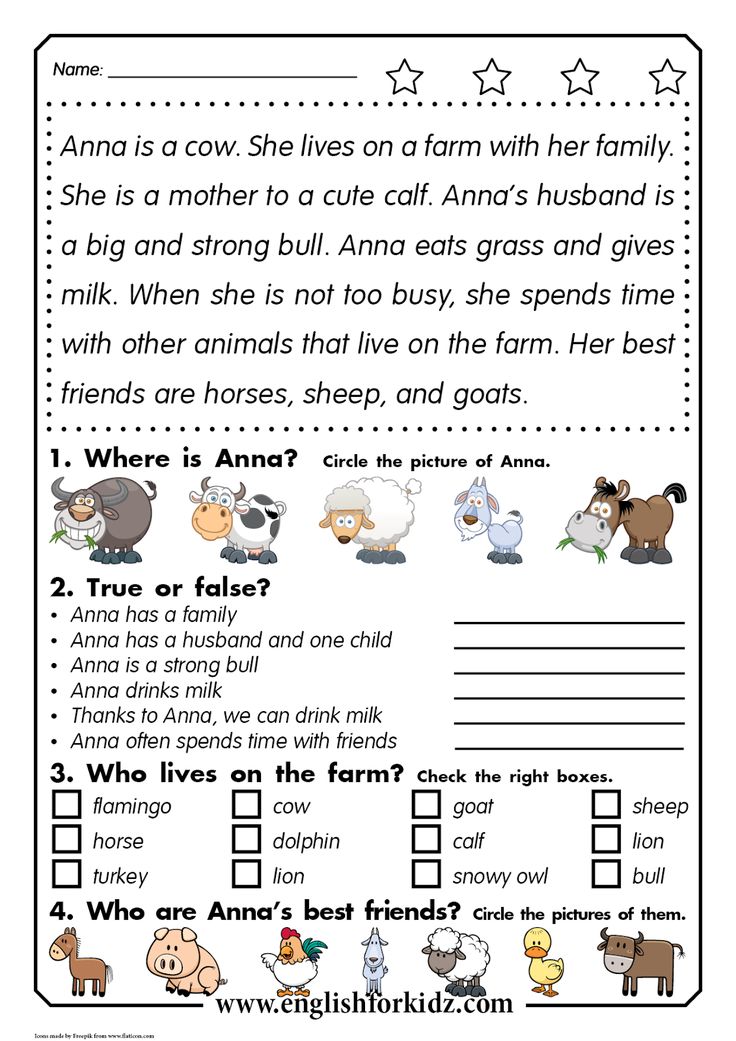 95 Р nine0007
95 Р nine0007 -
91
77.35 Р
nine0012 -
495
420.75 Р
- nine0002 233
198.
 05 Р
05 Р -
395
335.75 Р
- nine0002 143
121.55 Р
-
117
99.45 Р
nine0007 -
231
196.35 Р
nine0007 -
117
99.45 Р
nine0007 -
104
88.4 Р
nine0091
126
107.1 Р
456
387.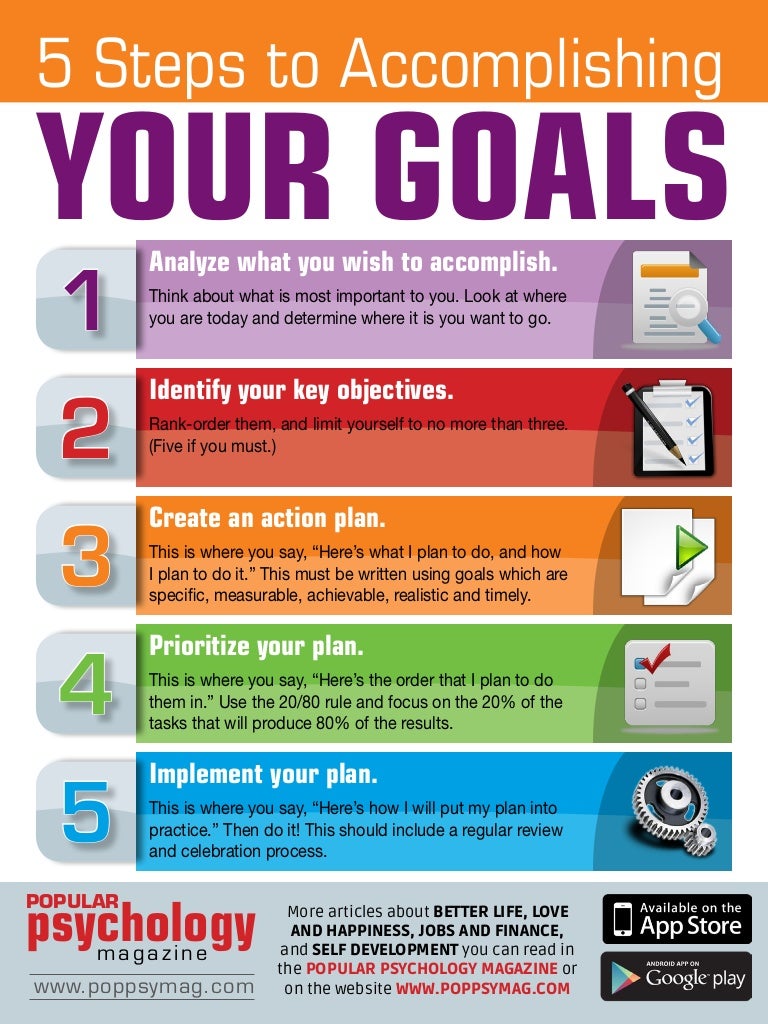 6 Р
6 Р
100
85 P
321
272. 85 Р
85 Р
© 2000–2021, Gemera-Plus LLC
My book | Network of bookstores in Saratov
First steps to reading, Smotrova N.A. . Getting ready for school, Litera, 9785407002741 2016 263.30 rub.
Smotrova N.A.
Series: Getting Ready for School
Only 6 left.
263.30 rub.
-30% after registration
Available in 5 stores
Angarsk, ProdaLit Vertical
Irkutsk, Prodalit Cash&Carry
Irkutsk, ProdaLit Children's Quarter
Irkutsk, SellLit World of Books
View all stores
The price in the store may differ
from the price indicated on the website. nine0003
nine0003
Share link B:
Publishing house: LOCK
ISBN: 978-5-407-00274-1
barcode: 9785407002741
Pages: 96
Cover type: Soft
: 2016
NA of NA of NA of NA of NA of NAC NAT :10%
Code: 623585
Description
The book offers activities for children aged 5-7, which will help the child quickly memorize letters and learn to read. Having already learned 2-3 letters, he will be able to read syllables, short words, which will serve as an excellent motivation for further studies. Gradually, children move on to reading short sentences, as well as sentences with hints, where words that are difficult to read are replaced by pictures. At the end of the book are small texts for independent reading. All tasks in the book are read by an adult, the text is intended for the child, typed in large print. For children, parents and teachers. nine0003
263.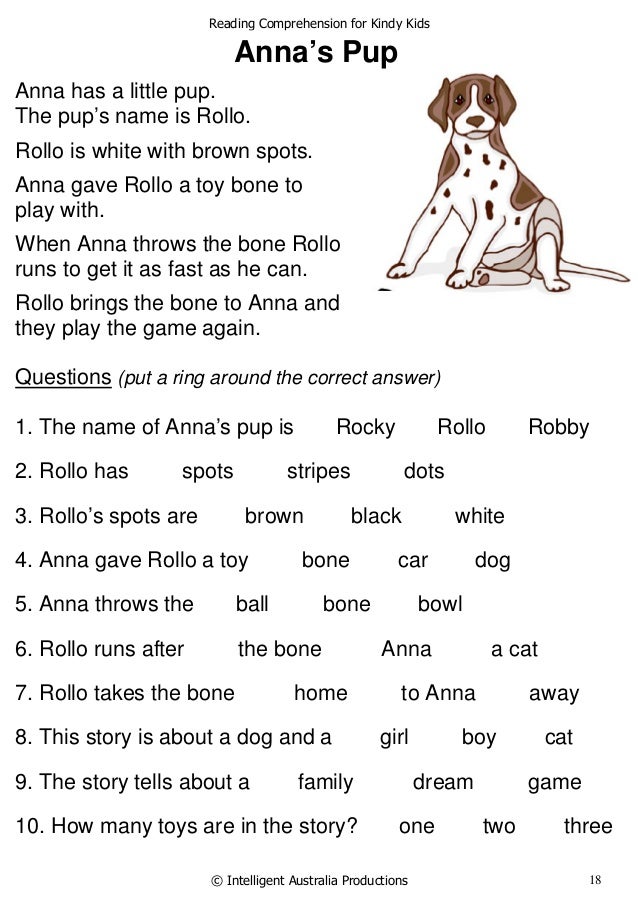 30 rub.
30 rub.
-30% after registration
First steps to reading (2016)
Smotrova N.A.
170.30 rub.
Fluffy crafts for little fashionistas. 6-7 years old (2011)
Smotrova N.A.
Stores
See all
RUB 379.00
-20% after registration
Together with the fairy tale "How the Ant Hurried Home": A Study Guide for Preschoolers (2021)
Poglazova O.T.
nine0004 RUB 111.00-20% after registration
We read fairy tales after the primer: For children 6-7 years old (2020)
Bortnikova E.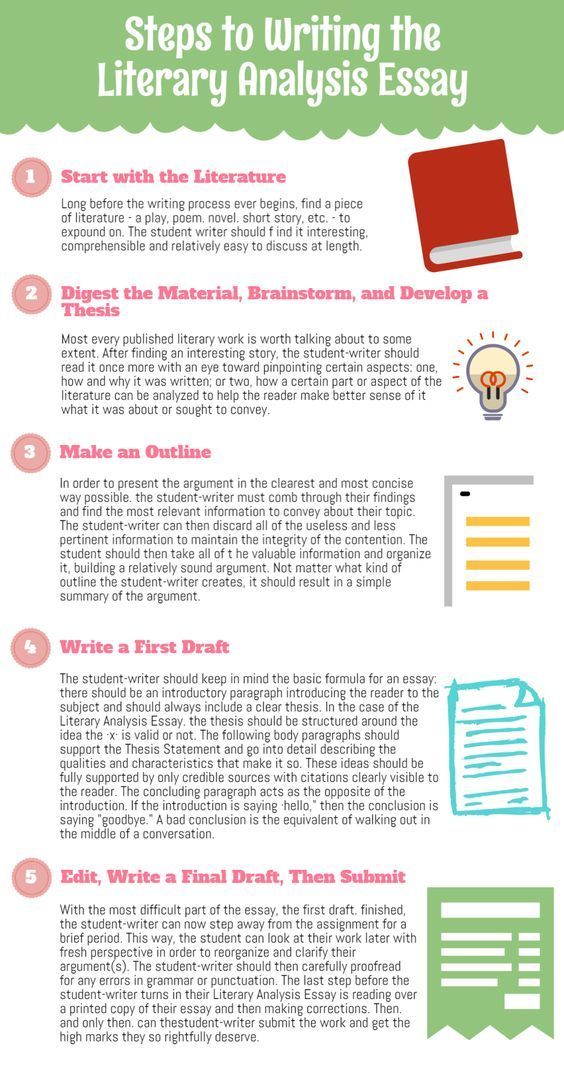
306.50 rub.
-20% after registration
I read myself, I write myself: Copybooks that will help you master reading (2020) nine0153
Klementovich T.F
$74.00
-20% after registration
Encyclopedia for preschoolers with a cheerful raccoon. The human body (2019)
Friedl I., Gorgas M.
$74.00
-20% after registration
Encyclopedia for preschoolers with a cheerful raccoon. Planet Earth (2019G.)
Friedl I., Gorgas M.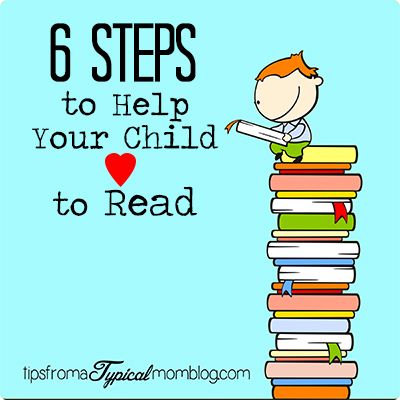
$74.00
-20% after registration
Encyclopedia for preschoolers with a cheerful raccoon. Animals around us (2019)
Friedl I., Gorgas M.
$74.00
-20% after registration
Encyclopedia for preschoolers with a cheerful raccoon. How people live (2019)
Friedl I., Gorgas M.
365.50 rub.
-20% after registration
Encyclopedia for preschoolers (2019)
Fridl I., Gorgas M.
421.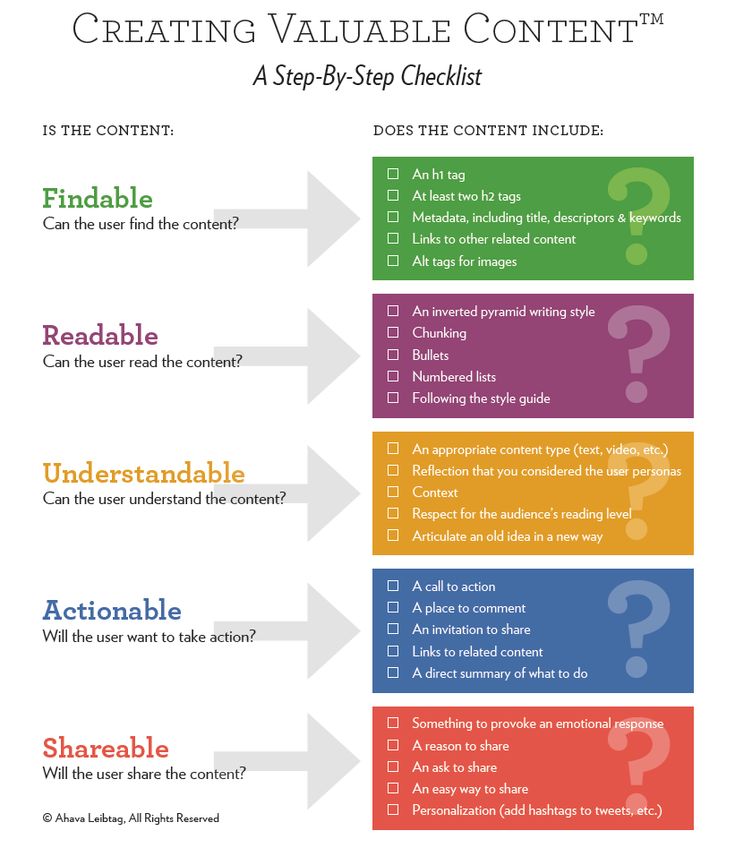 00 rub.
00 rub.
-20% after registration
My first experiences and experiments (2019)
Wilmer-Klump S.
$74.00
-20% after registration
Encyclopedia for preschoolers with a cheerful raccoon. me and others (2019G.)
Friedl I.
200.00 rub.
-20% after registration
I am learning to write numbers (2019)
Klementovich T.F
383.50 rub.
-30% after registration
Prescriptions for children in need of an individual approach (2018) nine0153
Guzenko T.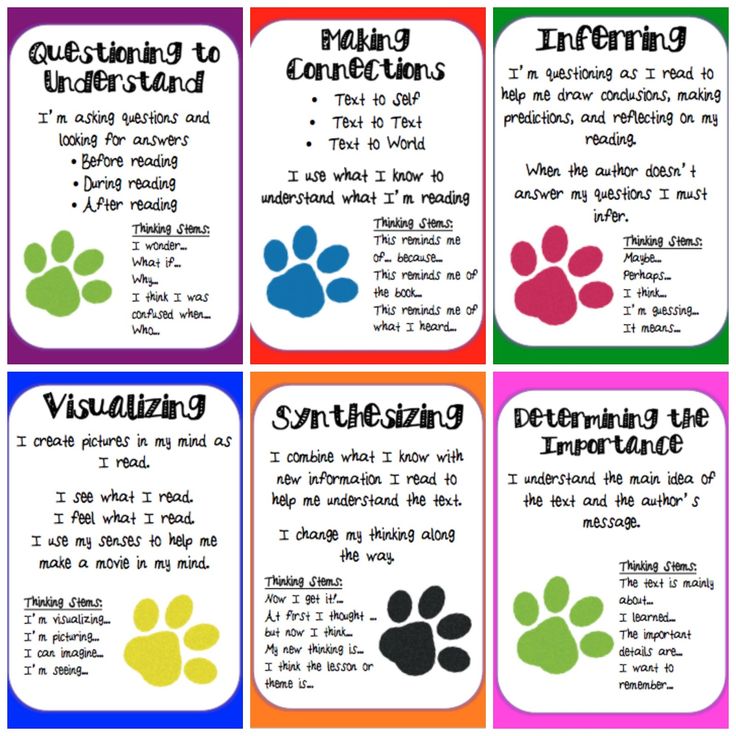 V., Kayukova A.L.
V., Kayukova A.L.
$214.50
-30% after registration
Teach me to read! Improving reading technique and speed (2018)
Krupenchuk O.D.
RUB 307.00
-30% after registration
I am learning to write beautifully: For children 5-6 years old (2018) nine0153
Klementovich T.F.
230.90 rub.
-30% after registration
Album for the prevention of dysgraphia: Patterns and recipes for the left and right hand: (2017)
Aleksandrova E.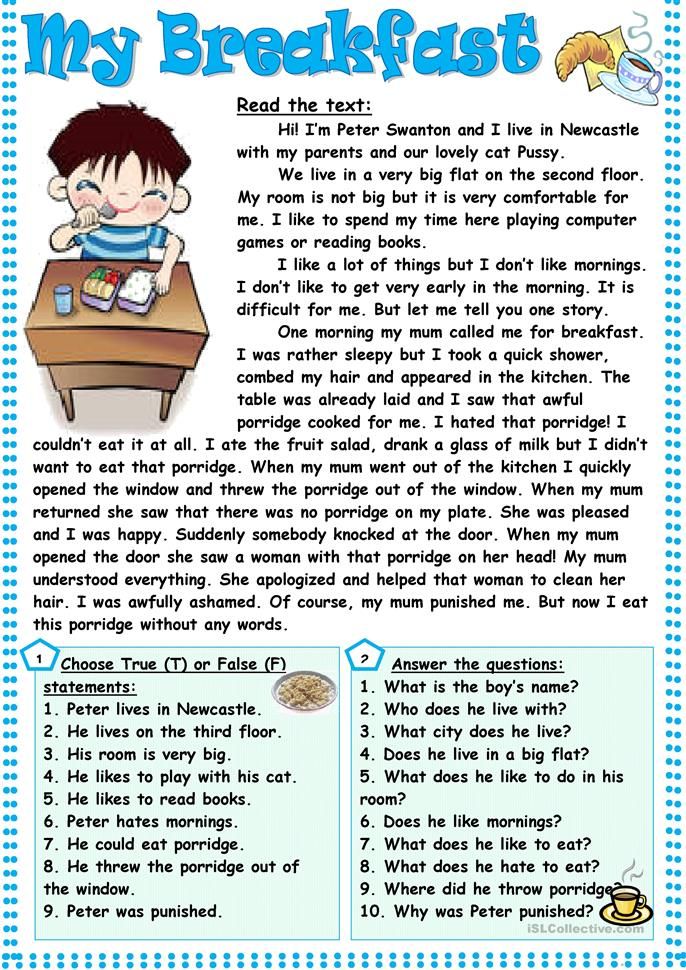 S.
S.
230.90 rub.
-30% after registration
Album for the prevention of dysgraphia: Visual series: 6-7 years (2017) nine0153
Aleksandrova E.S.
230.90 rub.
-30% after registration
Album for the prevention of dysgraphia: Pattern alphabet: 6-7 years (2017)
Aleksandrova E.S.
230.90 rub.
-30% after registration
Album for the prevention of dysgraphia: Smart mazes: 6-7 years (2017) nine0153
Aleksandrova E.S.
230.90 rub.
-30% after registration
Everything a preschooler should know when entering first grade (2017)
Pankova L.N
230.90 rub.
-30% after registration
Games with sounds and letters for preschoolers (2016) nine0153
Krupenchuk O.I.
See all
RUB 335.00
-20% after registration
Morning exercises in kindergarten. 2-3 years: Complexes of exercises. GEF (2022)
Kharchenko T.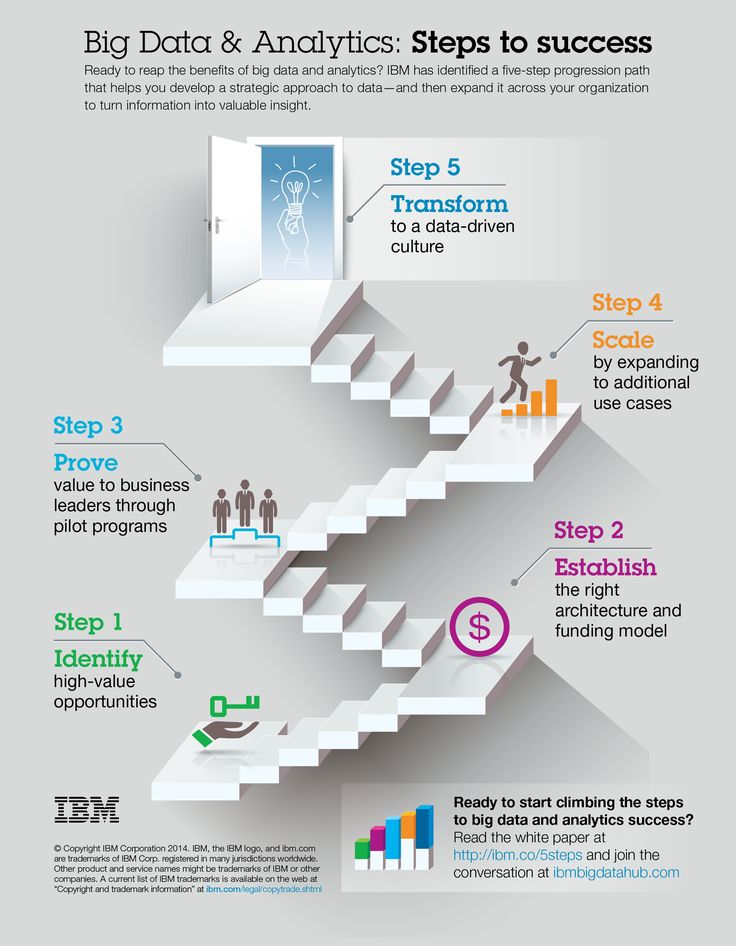 E.
E.
453.00 rub.
-20% after registration
Educational activities on walks. Card file of walks for every day according to the "Childhood" program. The first junior group (from 2 to (2021)
Nebykova O.N.
RUB 240.00
-20% after registration
Diagnostic tools for the program "Childhood". 6-7 years old. preschool group (2022) nine0153
Ivashkova O.V.
RUB 564.00
-20% after registration
Physical education in kindergarten. 3-4 years: Lesson notes for work (2022)
Penzulaeva L. I.
I.
$50.50
Handout cards Wintering birds (16 pieces) (2020) nine0153
Tsvetkova T.V.
Stores
RUB 306.00
-20% after registration
Laboratory of professions: abstracts of educational activities: 5-6 years: Method. settlement (2020)
Shadrina N.V., Stepanova N.V.,
nine0004 $298.30-30% after registration
Picture conversations. Speech development of children 3-4 years old: Part 1: 16 GEF drawings (2016)
Gromova O.E., Kabushko A.Yu., Sol
$297.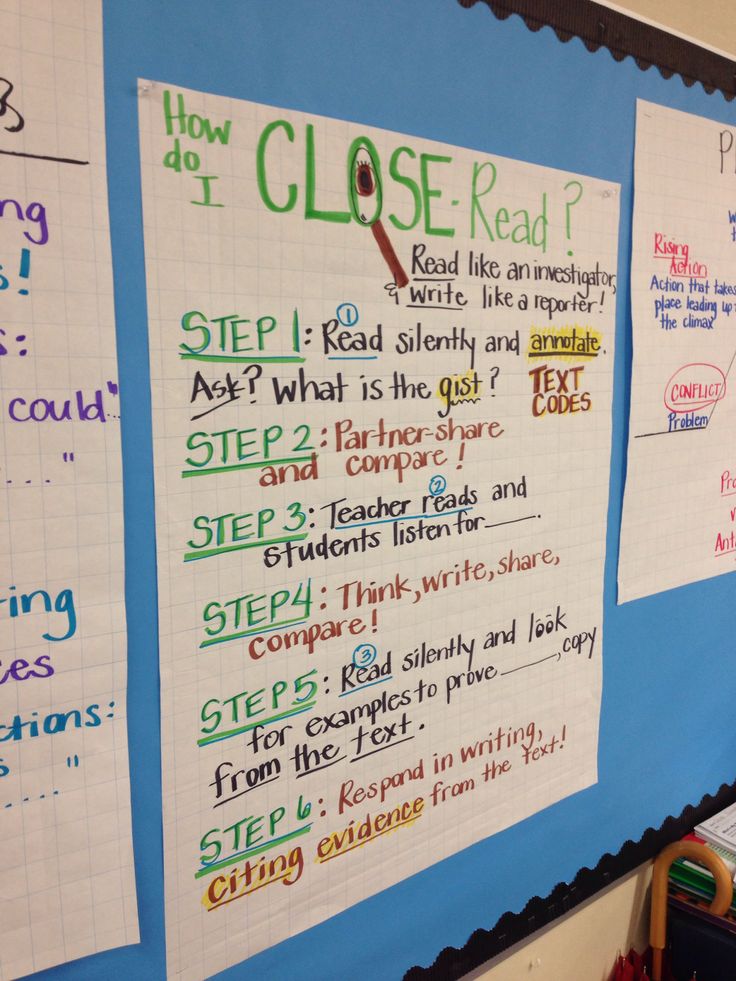 00
00
-20% after registration
With a pure heart. 5-7 years: Partial program of spiritual and morals. bring up (2019G.)
Belousova R.Yu., Egorova A.N., Kalinkina Yu.S.
417.00 rub.
-20% after registration
Fiction for children 3-5 years old: Methodological guide. GEF DO (2022)
Vasyukova N.E.
$236.00
-20% after registration
Drawing in different ways with older preschool children. 6-7 years old (2021)
Cherepkova N.A.
230.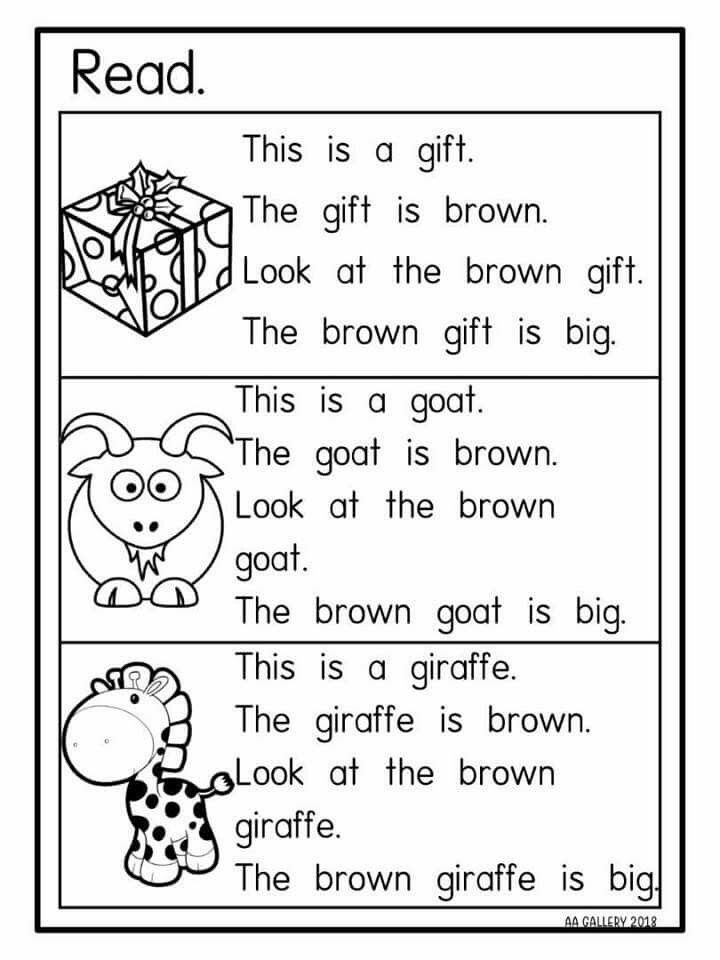 90 rub.
90 rub.
-30% after registration
Games with sounds and letters for preschoolers (2016)
Krupenchuk O.I. nine0003
$210.00
-20% after registration
Mathematics in kindergarten: Scenarios for classes with children 5-6 years old GEF (2022)
Novikova V.P.
RUB 859.00
-20% after registration
Encyclopedia of children's motivation (2022) nine0153
Yagodkin Nikolai
325.50 rub.
-20% after registration
Demonstration material: Grammar fairy tales: Speech development of children 5-7 years old (2019)
392.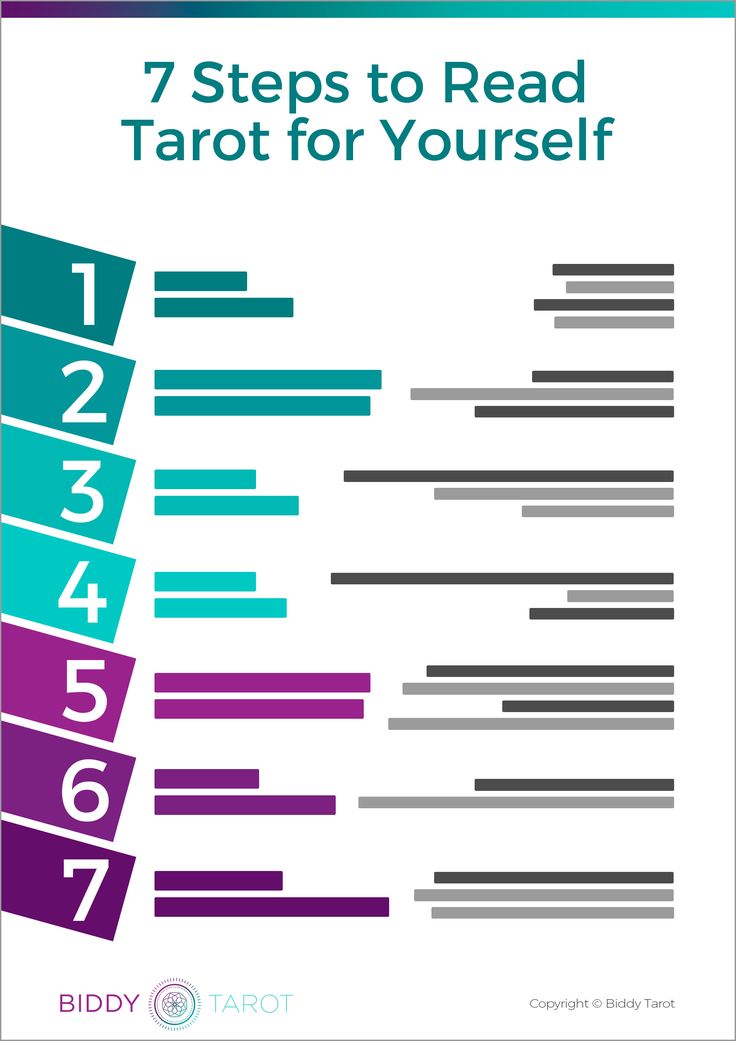 00 rub.
00 rub.
-20% after registration
Methodological recommendations for organizing the work of a teacher in a group early (2020) nine0153
Stefanko A.V.
$117.50
-20% after registration
Teaching children 5-6 years old English: Classes, games, activities (2020)
Shabelnikova E.Yu.
$179.00
-20% after registration
I'm smart: Educational tests: 3 to 5 years (2020) nine0153
Vatutin Yu.
312.50 rub.
-20% after registration
Original scripts for creative projects in kindergarten and elementary school: Theatricalizations for the holidays.
